On the TrackWhat can I say except that it's just as different as night and day from what went on before? The cars have access only if they have the badge (authorization) that was given to them. Their number is limited to one vehicle for 5 horses per trainer. In order to ensure effective control, the badge is not a small discreet label that gets stuck in a corner of the windshield and that the stewards or the police will have no time to read, but a big sticker (30 cm x 30 cm) which does not allow fraud.
The riders' track is lined with linear mounds prohibiting crew vehicles to mix with horses and cross their path. Cars drive on the right or the left track, in principle, depending on the wind so as not to disturb the horses with dust. It is the third year that this provision has been introduced in Bouthieb, but it is only a first step because they are thinking of improving the tracks by making them more technical and by separating them from the vehicle assistance for the next season. The contact points (crew points) would then only be water points as in the rest of the world. Riders would be even more responsible, being no longer practically guided by their trainers. This can only be beneficial for the horses as by becoming more independent, riders will be more responsible and will certainly be more attentive to their horses. The prohibition of continuous watering and the creation of water points has put an end to the dangerous and unreasonable 4WD race cutting and intersecting the trajectory of the horses at the mercy of the crews fantasies. We no longer see ten 4WD for one horse slaloming 5 or 6 abreast and watering continuously throughout the track. Now, if the crew cars still follow the horses along the track, they take the lead to stop at water points (currently every kilometer), where the grooms are waiting with bottles. While I was on the track at such points I had for the very first time the intimate feeling of being on an endurance competition such as it exists everywhere else in the world rather than in the middle of a kind of insane gymkhana where only speed matters for the sake of speed, at the expense of the essentials, namely the welfare and preservation of the horses.
Cleanliness and general behaviourThe two shots below say more than any words. Both were taken at Bouthieb at the end of a competition and on the eve of another. The first was taken during the last season, the second in January 2016. Between them strict instructions were given (no more empty bags of ice lying around and nothing except water tanks for the next day). The instructions are permanent and apply throughout the competition. White bags of ice thrown around and trampled no longer have the right to be. Their content has to be poured into bins or containers before the event. It is part of a system of education in which whatever you feel like doing is no longer acceptable and the images of the competition and its venue come into play for the fame of the venue.
Now the grooming area is not a place without limits. There is clearly an inside and an outside. This allows more effective control of the 5 assistants per horse rule. Even if this is not yet observed up to 100%, it is being rooted in the minds with the help of the organizers and ground jury members and the difference with what was practiced before is obvious. The notion of field of play materializes both physically and mentally, which is another positive fact.
ControlBut mankind being what it is and having an innate tendency to cling to old habits, the Organizing Committee had to enforce a monitoring CCTV network to assist the ground jury in its management task. Thus, a room with direct access to the inspection area now centralizes a network of high definition cameras. This network covers the whole vet gate area (from arrival to departure lines, including the grooming area, the inspection area with its trotting lines, rest areas and even the approach area of arrival and afew meters after the start). Everything is recorded and the operator in charge can enlarge any image and zoom on it as much as technology allows. This has a deterrent effect which is perhaps not yet fully integrated into mentalities, but will certainly have an impact of which we will become aware at the end of the season when we analyze the weak and strong points of the new rules enforced.
Side effectsHowever much one works on a whole set of rules and tries to circumvent the unintended consequences that may emerge in real life, it is inevitable to have surprises. For example we saw the number of retirements (RET) increase significantly without the prior causes appearing clearly. After analyzing and questioning the competitors concerned, we discovered an unexpected consequence of the new implemented rules. Indeed, given that the prize allocation is 30% for the traditional classification and 70% for the points classification (reflecting the good condition of the horse and its good management), we now see trainers withdraw their horse correctly classified for the speed ranking but poorly ranked on points. Although being considered fit to start for the next loop, they know that the main prizes will be lost and see no reason to continue even though in the "traditional" context they would have continued without hesitation, possibly risking to ride their horses hard to win. The main beneficiaries of this side effect are certainly the horses. We are delighted by this side effect, that we did not foresee and expect. We hear trainers rejoice to see that a horse they have worked with for months does not have its career stopped dead due to excess (fracture, death, catastrophic metabolism) on the first major ride and that it will continue its career again and again, which is satisfactory and opens up new perspectives. We hear these same trainers say that slow but tough horses - and condemned to always losing - suddenly now have a future thanks to the new rules. Thus we were able to see horses always in the bottom ranks emerge in the first 10. This partially modifies the rules of the market without doubt because the requested qualities for winnig are now not really the same as before. At the training level, they say that they will have to look at things differently, from the moment when the parameters have not only changed but are considerably harder consequently imposing new goals. Some trainers declare a new interest in the game as it is now more difficult and certainly more complex. They now calculate and not "only" go as fast as possible. In this way, the endless gallop at track length is replaced partly by trotting. If during the next season, the design of the tracks is less flat and more technical (and the site of Bouthieb with its dunes permits it), that interest can only grow with time. But we still see too many riders passively awaiting the orders of their trainer instead of managing their own rides. They arrive near the finish line and start going in circles to cross it when their time gives them the maximum number of points. It is a kind of misuse of the rule by non integration or misunderstanding of it. A new explanation of the goals of the game accompanied by a tight control should be established to counter that bad habit that harms the image of the experience. But we see a growing number (still relatively small - about 20% on the last ride) of riders who, exploiting the new deal, actually regulate their speed on the track, which is good for the welfare of the horses. The new rulesThus a different way of competing in endurance appears, a manner based on reverted key criteria which had been relegated with time to the rank of minor elements. Voluntary reorientation of prizes also undeniably helps to make this new vision a habit. But all is not rosy and the relative speed of the implementation of this "new" approach raises more or less declared opposition. Adaptations and inevitable adjustments in the implementation of any project are used here and there to try and destabilize the operation. But for who knows the passionate perseverance and involvement of Sh. Sultan, it is clear that this will not be enough to stop him and the team that creates the project with and around him in a very intimate and coordinated manner. It is not possible to stop what gives such good results regarding the welfare of the horses, which must come before any other consideration whatever happens. The FEI has responded and planned emergency meetings with the EEF (Emirates Equestrian Federation) to see to what extent provisions similar to those of Bouthieb could be applied throughout the territory. We hoped, and so did Sh. Sultan, for an official reaction from the FEI, but we did not think it would occur so rapidly (about 10 days) after the very first implementation. STATEMENT BY MANUEL BANDEIRA DE MELLO - FEI HEAD OF ENDURANCE We have left ruling theories alone, and made the jump into reality by implementing on the ground the Bouthieb pioneer rules which, far from violating the deep meaning of endurance, give it a new security and force. This certainly goes in the same direction as the FEI (International Equestrian Federation) action and research and we hope that our action will have a positive impact on the future of the discipline. PS: Right when I am writing this, a meeting with some key officials of the UAE Federation on this issue is held in Lausanne at the headquarters of the FEI. |
Enduroonline.com.br
- © Copyright 2008 - Todos os direitos reservados. |

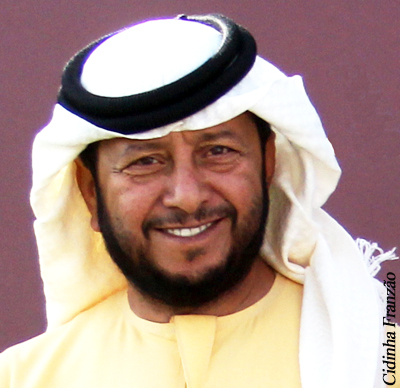
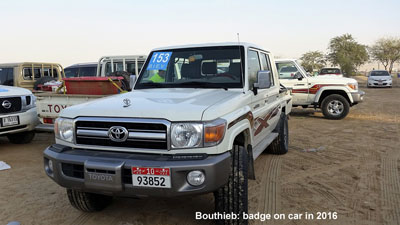
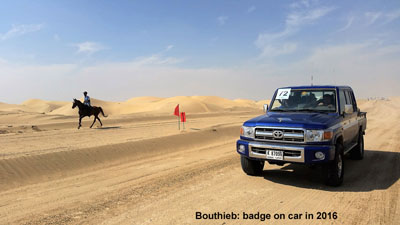
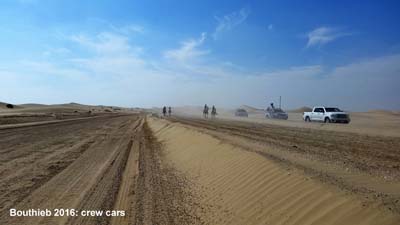
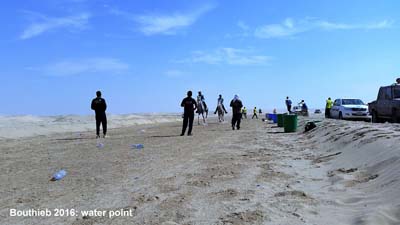
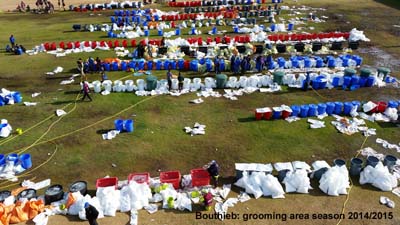
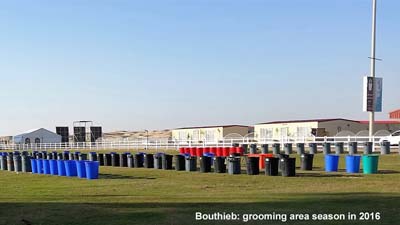
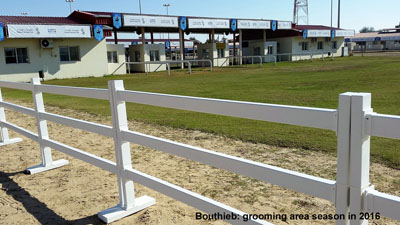
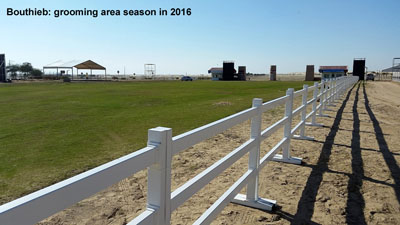
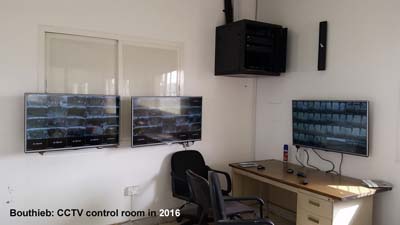
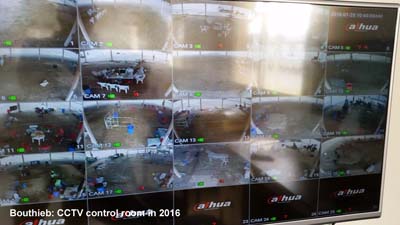
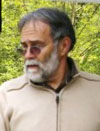 Text and photos: François Kerboul -
FEI 4*
Text and photos: François Kerboul -
FEI 4*